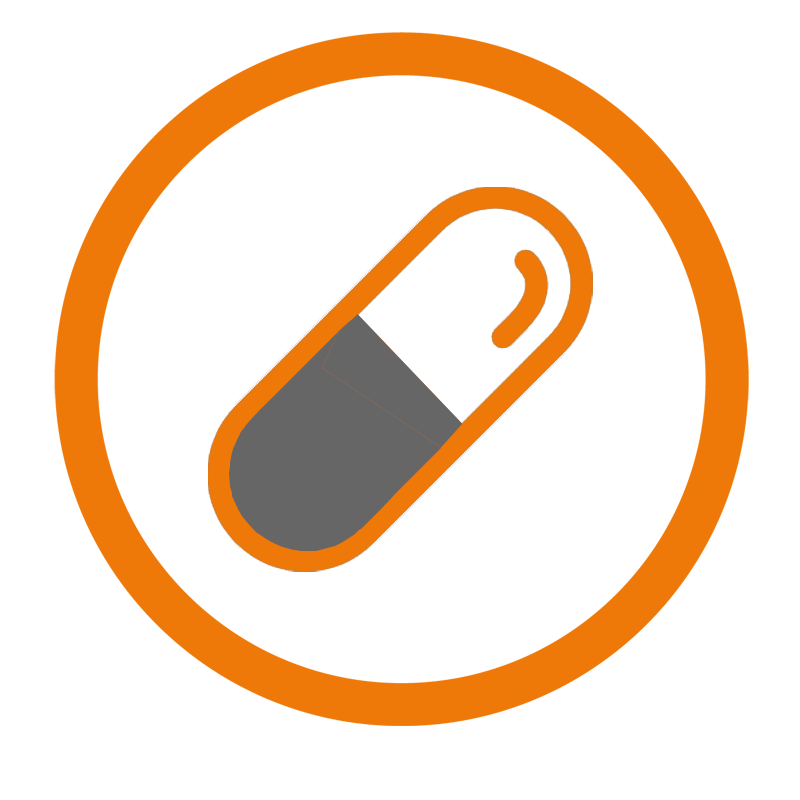I recently took a trip overseas to attend and speak at a global entrepreneur conference. On the second day of the weeklong trip, my smartphone was stolen. The incident forced me to face my addiction cold turkey.
For the first 24 hours I felt textbook withdraws. I was anxious, disoriented and honestly, a little scared.
My reaction wasn’t unique. Our entire society displays real signs of addiction as it relates to phone usage.
A recent Time Mobility Poll says 84 percent of people admit they can’t go 24 hours without their phones. The same study reveals one out of four people checks his or her phone every 30 minutes—one in five, every ten.
The addiction doesn’t go without negative physical effects. Have you ever noticed the zigzag walk of a texter? The low-attention span of a social media junkie? The glazed over, withdrawn look of a constantly plugged-in executive? It all points back to smartphone addiction.
After my 24-hour withdraw period, I came out of my cell phone haze and began to see things more clearly. Here are my conclusions in regards to the widespread epidemic I call, Cellular Compulsive Disorder, or CCD:
- We can survive without our phones. I’ll admit, when I realized I was phoneless, I panicked. My travel tickets, hotel reservations, calendar and itinerary were all stored in my phone. Further, without apps like AroundMe or Google Maps, how was I going to choose a place to eat or navigate in a foreign country?
After a momentary freak out, I regrouped. Turns out, airline kiosks can still print your tickets, hotels have your reservations on file and you can access your calendar and itinerary from any computer. For restaurant suggestions or directions, I resorted to asking the locals—worked like a charm.
- The CCD afflicted are obnoxious. I began my 90-minute speaking sessions by asking the audience of entrepreneurs to turn off their phones. Sure enough, minutes later, I’d be at the crux of a point and a phone would ring. If it wasn’t a disruptive ring tone, I’d look into the crowd and notice several texters completely zoning me out. Keep in mind, I was not presenting to a crowd of middle schoolers. These were adults. During my third presentation I began calling out disruptive audience members. Apparently embarrassment is the only known remedy for CCD.
- After my personal CCD recovery, I participated in more in-person conversation than I had in years. Since I couldn’t fill my extra time buried in the virtual world, I reentered the real world. I met fantastic people and our conversations delved beneath the surface. I experienced true engagement. It was a beautiful thing.
- A CCD-free Life bolsters productivity. Although we all rationalize we can accomplish more with our contacts and reference materials in the palm of our hand, it’s not true. If you’re like me, and most I witnessed during my CCD-free week, you’re using your smartphone as a distraction rather than a work tool. You’re checking Facebook, posting pictures or catching up on current events. When you unplug, you allow yourself presence of mind and focus. Your productivity soars when your internet time is reduced to nightly email checks from the hotel’s computer cubicle and your phone time is limited to midday calls home from a friend’s phone.
I got back to the states and my wife and kids picked me up from the airport. My girls were in the backseat texting. No one was talking. Turns out my girls caught CCD—probably from me. Realizing I had spread the disorder, I decided to stop it in its tracks. I declared the car ride home a cell phone free zone. It was the first step in our 12-step CCD recovery program.
Originally published in The Tennessean.
Photo credit: <a href=”http://www.flickr.com/photos/jenny-pics/5661879987/”>jenny downing</a> via <a href=”http://photopin.com”>photopin</a> <a href=”http://creativecommons.org/licenses/by/2.0/”>cc</a>

















